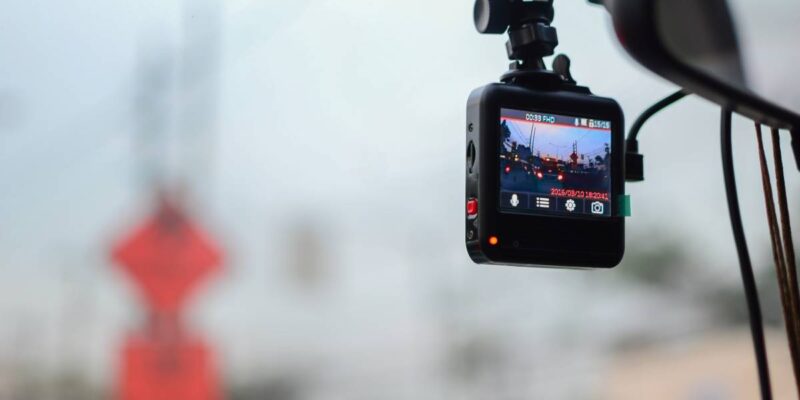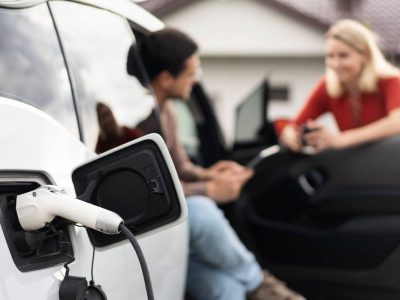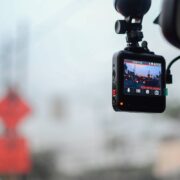Dash cams have gone from a niche gadget to an everyday piece of kit for drivers who want evidence, protection and peace of mind on the road. Picking the right dash cam is less about buying the most expensive model and more about matching features to how you drive, where you live, and what you want the camera to do.
Below is a practical, step-by-step guide to choosing a dash cam and a realistic breakdown of what a “good” dash cam should cost in 2025 — written with everyday drivers (and Australian buyers) in mind.
Start with the purpose: why do you want a dash cam?
Before you look at specs, decide what you need the camera to do. Common reasons include:
- Record evidence in a collision or insurance claim.
- Capture hit-and-run or parking damage while you’re away from the car.
- Keep a record of long drives or business trips.
- Monitor a rideshare or taxi driver’s behaviour (cabin cameras).
If your main need is simple evidence for an accident, a single front-facing camera with reliable daytime footage may be enough. If you want comprehensive protection (rear-impact, in-cabin incidents, parking monitoring), look at dual- or three-channel systems.
These use a separate rear and/or cabin camera in addition to the front lens. Choosing at the start saves you money and avoids getting features you’ll never use. (See buying guides and reviews for common use cases.)
Key technical features to prioritise
Image sensor and low-light performance
Video quality depends on more than resolution. The sensor type (e.g., Sony STARVIS/STARVIS 2) and software processing (HDR/WDR) determine how well footage looks at night and in mixed lighting.
For reliable evidence, night-time clarity and license-plate readability matter more than headline 4K numbers alone. If you regularly drive in low-light or poorly lit suburban streets, favour models that specifically advertise strong low-light sensors.
Resolution and frame rate
Higher resolution (2K/4K) increases detail, which helps capture license plates at a distance. Frame rate (30 vs 60 fps) affects smoothness and motion clarity. For most drivers, a 1080p/60 or 2K/30 strikes a good balance; 4K is useful if you want the best long-distance detail, but it increases storage needs and cost.
Field of view (FOV)
Wider lenses capture more lane and side detail but can introduce distortion. Typical FOV is 120°–170°. Consider how many lanes you want to cover and whether peripheral distortion might make plates hard to read. Many reviewers recommend ~140° as a practical sweet spot for forward-facing cams.
Parking mode and power options
If you want the dash cam to watch your car while parked, you’ll need parking mode. That can rely on a built-in battery (short duration), a supercapacitor (better for heat), or a hardwired power kit to the car battery (continuous monitoring). Hardwiring plus a low-voltage cut-off is the most reliable for 24/7 parking surveillance but may increase installation cost. If you value parked protection, prioritise a proven parking-mode implementation.
GPS, Wi-Fi, and cloud features
GPS stamping helps record speed and location with footage — often handy in disputes. Built-in Wi-Fi or Bluetooth lets you download clips to a phone without removing the SD card. Some premium models offer LTE/cloud connectivity for live alerts or remote clip upload — convenient but more expensive and sometimes subscription-based. Decide if convenience is worth ongoing costs.
Build quality, heat tolerance and warranty
Dash cams sit on hot windscreens in summer and cold windows in winter — heat tolerance and a decent warranty matter. Look for manufacturer quotes about operating temperature and check warranty length and claim process. Trusted brands also release firmware updates that improve stability and features over time.
Form factor: discreet or visible?
Tiny stick-style cams (like the mini form) are discreet and harder to spot, while units with screens can be easier to operate and view evidence immediately. Mirror-type dash cams double as a replacement rearview mirror and often include large displays, but they can be bulkier. Choose a form factor based on your car’s interior and whether you want the camera to be obvious (theft deterrent) or hidden.
Channels: single, dual, or three-channel systems
- Single-channel (front only): cheapest, simplest, good for basic accident evidence.
- Dual-channel: front + rear — recommended for most drivers who want protection from rear shunts or incidents when reversing.
- Three-channel: front + rear + cabin — useful for rideshare drivers or fleet usage, where in-cabin events must be recorded.
Each additional channel increases cost and installation complexity. If you’re on a budget but want solid coverage, a reliable dual-channel system is often the best compromise.
Practical cost breakdown (what to expect to pay in 2025)
Prices change with deals and model cycles, but the market in 2025 falls into a few clear bands:
Budget (A$50–A$120 / US$35–$80): Basic single-channel cams, usually 1080p, with loop recording and a G-sensor. Suitable for drivers who just want simple evidence. Many value models land here and can be found during promotions.
Mid-range (A$120–A$300 / US$80–$200): Better sensors (STARVIS variants), 2K or 4K front cameras, dual-channel options, reliable parking mode (sometimes with hardwire kits sold separately), GPS and app connectivity. This is where most buyers find the best value; good night performance and robust features are common.
Premium (A$300–A$700+ / US$200–$450+): Top-end sensors, multi-channel (front+rear+cabin), cloud/LTE support, advanced driver assistance features, and professional-grade reliability. These are aimed at heavy users, fleet managers or anyone who wants best-in-class footage and remote connectivity.
In Australia, you can buy into each band through local retailers (JB Hi-Fi, Supercheap Auto) and specialist dash cam stores; local pricing often reflects GST, shipping and stock. Expect mid-range dual-channel kits from reputable brands to commonly retail in the A$150–A$350 bracket.
Installation and running costs
- DIY plugging into the cigarette lighter: cheapest and simplest; works for many, but cable clutter and accidental unplugging are downsides.
- Hardwiring kit / professional install: aesthetics are better, and parking mode works reliably; a typical professional install can add A$60–A$200 depending on the vehicle and complexity.
- Storage: buy good-quality, high-endurance microSD cards (constant writing). A 64GB–128GB high-endurance card is a common choice; cheap cards fail faster. Some dash cams include a card; others don’t.
Legal, privacy and insurance considerations
Dash cams are generally legal for personal use in many countries, but recording audio or filming people inside other vehicles can raise privacy issues. Some insurers offer discounts for having a dash cam or accept footage as evidence — check with your insurer about their policy on dash cam footage.
Also, before buying a cloud-connected or always-on LTE system, consider data security, subscription fees and how footage is stored. Consumer guidance and legal considerations are covered in mainstream buying guides and consumer-advice sites.
How to evaluate models (a quick checklist)
- Does it have a reliable low-light sensor (Sony STARVIS or equivalent)?
- Is parking mode supported and how is it powered? (Battery vs supercap vs hardwire).
- Do you need dual/rear/cabin cameras? If yes, check bundled prices.
- Is GPS/wifi/cloud important to you — and are there subscription costs?
- What is the warranty, and does the brand push firmware updates?
Where to buy (Australia-specific pointers)
Australian retailers like JB Hi-Fi and Supercheap Auto stock a wide range of dash cams, from budget single-channel units to higher-end multi-channel models.
Specialist local dash cam retailers also sell models tailored to Australian needs (heat tolerance, local warranties) and sometimes include installation. Compare prices, check local warranty terms, and don’t forget to account for install costs if you’re not DIY-ing.
Final thought
A “good” dash cam is the one that fits your driving habits and gives you reliable, usable footage when you need it most. For most drivers, mid-range dual-channel systems (A$120–A$350) deliver the best balance of image quality, parking protection and value.
If you’re after top-tier features like LTE cloud, long-term fleet tracking or superior low-light detail, expect to pay more — and factor in installation and possible subscriptions. Shop with an eye to sensor quality (not just resolution), parking-mode power, and proven brand support.
Happy driving — and if you’d like hands-on help choosing a model or arranging installation, drop by Banktown Sound — they can point you to the right dash cam for your car and budget.




















